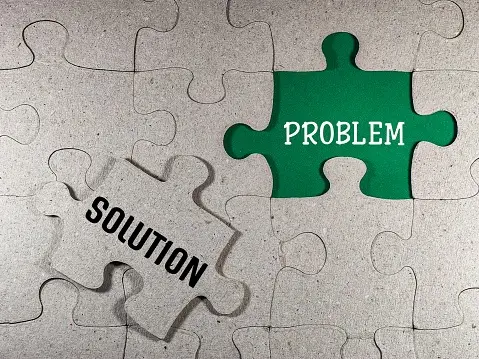In most instances, business negotiation is simply a problem-solving exercise. You have unmet needs you believe your counterpart can satisfy, which is why you engaged them in the first place. Likewise, your counterpart has agreed to engage you because they also believe you can meet some of their unmet needs. Thus, negotiation becomes a problem-solving exercise on how we can meet each other’s unmet needs. It does not need to be a battle of wills.
Naturally, we cannot begin to solve the challenge before us, if we do not understand what those unmet needs are. Interestingly, experience shows parties rarely divulge what their needs are, believing this makes them vulnerable. Nothing could be further from the truth if you want to get the best possible outcome.
We firmly believe, and know from deep experience, the problem of solving for unmet needs begins with disclosing what those needs are. For example, a consumer brand might tell its retail partner it has the need for additional space or better placement. They might be seeking brand validation or growth in market share. Likewise, the retailer might disclose a need for increased profitability or market share growth, differentiated products or innovation.
When we begin to understand what is motivating the respective parties, we can then hunker down and begin to problem-solve. While negotiation may not necessarily solve for every need on both sides, if it can at least solve for the most important or secondary need, then magic begins to happen.
Does disclosing our respective needs make one or both parties vulnerable? Absolutely not. Parties should not agree if their most important needs are not being met. Rather, they can remind their counterpart that if proposals do not meet their unmet needs, there will be no agreement. By disclosing your unmet priority needs, you are presented with a foil for any unwanted proposals. For example, you might state, “I received your proposal, but how does this meet the needs I laid out for you?” Continue to direct your counterpart back to the needs you have laid out. This is how we find solutions that are mutually agreeable.
We recommend mirroring the behaviors you expect from your counterpart. This means disclosing your needs first, telling them what is most important to you, then asking them to do the same. Ask lots of questions to ensure you are truly understanding what is most important to them and seek ways to solve for that in a way that gets you what you want. In the end, you will find this exchange of information will clearly lay out the problem to be solved. It is up to you to lead the discussion and brainstorm solutions that work for both. But do not meet their needs without solving for your needs first.



